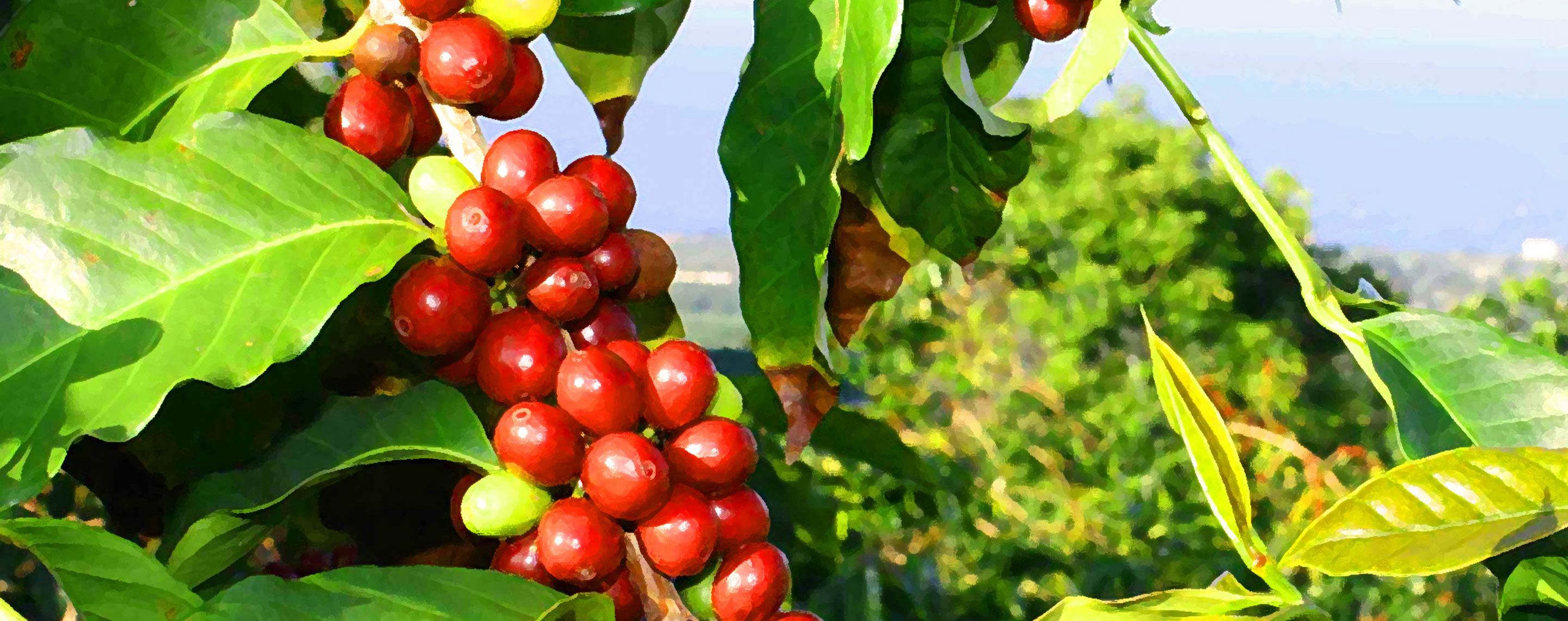 Kenya’s coffee, famously christened green gold, has undergone an interesting metamorphosis but weathered odds to remain one of the most preferred commodities globally.
Kenya’s coffee, famously christened green gold, has undergone an interesting metamorphosis but weathered odds to remain one of the most preferred commodities globally.
Enjoying massive uptake in the 70’s 80’s and a better part of 1990, coffee was associated with wealth and prestige. Swathes of land were cleared to accommodate this cash cow which was recording unprecedented appetite in the global markets. But just as fast as it climbed so did it fall, bringing with it a trail of misery and poverty. Mismanagement, corruption and new pests and diseases were blamed for coffee’s lost glory. It would get worse with farmers now uprooting coffee bushes to plant crops they felt would offer quicker returns. And with its collapse Kenya lost billions in foreign exchange while the country’s image on the global market was heavily dented.
Fast forward to 2008 and government aware of the demand that Kenyan coffee attracts globally due to its unique aroma, invested heavily in resuscitating the coffee industry by paying heavy incentives to farmers to encourage them to invest in the coffee. The resultant effects were immediate. Kenya’s coffee production went up by an impressive 40 percent in two years. Last year the country exported 421million Kilos after a long lull, with prices hitting an all time high of Sh93,500 per bag for benchmark grade AA in the year to April 2013, compared to Sh70,000 in 2010, in price climbs driven by shortages of supply.
But the nascent gains could be reversed as coffee pests and diseases continue to wreck havoc. Of particular concern are thrips, some tiny brown in colour pests with feathers that look like bird wings.
Though thrips attack berries, they are largely concentrated under the leaves. The leaves turn irregularly grey, with silvery patches and black spots. They then fall leaving a stunted coffee plant.
With rains having failed thanks to the change in weather patterns scientists are sounding the alarm that an increase in thrips is imminent.
Nearly half of all coffee farms in Kenya have thrips on their crops, but the pest is most prevalent in the main coffee growing zones in the Upper Midlands. However, the pest is only considered a threat if it rises above the stipulated Economic Injury Level (EIL) of 2 to 3 thrips per leaf. In well tended coffee plantations most fall under the EIL threshold.
Coffee researchers don’t normally rate thrip as a major coffee pest, but following the surge in numbers in recent years they have moved to outline measures farmers can implement to control or eradicate them.
But farmers are also grappling with another destructive insect. The Coffee Berry Borer causes more than $500m in damages each year globally, and affects 20m coffee producing families worldwide, making it the most costly pest affecting coffee today. According to researchers, the insects thrive in warmer temperatures, with an increase in temperatures in coffee growing areas now sparking a rapid increase in the insect.
Coffee Berry Borer, also known widely as Broca, is a small beetle native to Africa – though its effects are now global. It destroys crops by using the fruit as a home for its young. The female beetle burrows into the fruit and lays eggs inside.
These eggs hatch and the larvae eat the coffee seeds from the inside out. By doing this they massively reduce income for coffee producers by reducing both yield and quality. In reality, female borers actually kill coffee plants by laying their eggs in the berries. Each female can lay up to 200 eggs, and the resulting damage attracts herbivores and pathogens.
Colombia, once the leading coffee exporter in the world, suffered a massive invasion of the insect in the mid 1990’s. It regularly sent abroad more than 12m bags of Arabica coffee each year. But production has not reached that level since 1994, and 2009 was the country’s worst year ever.
At an International Coffee Organization meeting in February, a Colombian coffee representative revealed that the country’s coffee exports had dipped to 7.9m bags last year and that infestation by the borer — along with excessive rainfall and reduced application of fertilizer — was partly to blame. Scientists at ICIPE warn that Kenya too could be heading down the Colombian path.
But agricultural companies in the country, aware of the imminent threat the smallholder farmers face with the voracious coffee pests and diseases, and the level of investment that the government has made to spruce up coffee production, have introduced a host of potent weapons against the pests.
Danadim® Progress is one such weapon produced by respected agro input Cheminova and distributed locally by Elgon Kenya Limited. Its ability to act on the pest immediately after application has been its unique selling point. Following application, the product is quickly absorbed by plant tissues and then translocated within the plant. In this way the product can also control pests feeding on the underside of the leaf, even though the product is applied on the upper leaf surface.
For instance, in densely sown cereal crops, such as barley, Danadim® Progress is particularly effective in controlling aphids feeding on both the upper as well as the lower plant parts due to the systemic action of the product. Danadim®. Elgon Kenya has also been stocking pesticides like Tricel and Silwet that deals with coffee borer, Cupravit and Cabrio fungicides and herbicides like Glycel and have been hailed by world’s leading coffee producing states as their most trusted brands in insulating their coffee from pest and diseases.
















Comments powered by CComment